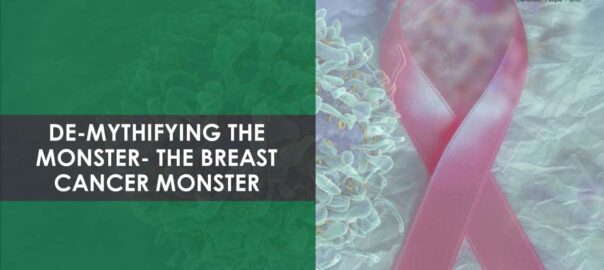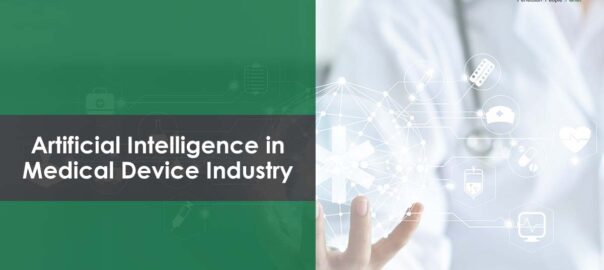Welcome to October, the Breast Cancer Awareness Month. Turacoz presents to you a de-mystified read on Breast Cancer and issues related to it.
Prevalence
In recent times, Breast Cancer has been one of the predominant cancers. How predominant? Let’s have a look at the numbers. A total of 7.8 million women were diagnosed worldwide within the 5-year period according to the WHO (World Health Organization) statistics reported at the end of 2020. Among these 7.8 million patients, 2.8 million people were diagnosed in the year 2020 itself. Breast Cancer accounts for 14% of total cancers in Indian women with four reported cases every minute.
Risk Factors- the Uncontrollable and Healthy Lifestyle
The numbers are worrisome. Hence, understanding the risk factors are vital.
Gender: Well, being a woman is the highest risk factor of developing Breast Cancer. Unlike men, women’s breast development is much more elaborate and is highly sensitive to hormonal fluctuations, especially estrogen.
Age: Everyone ages and with aging, the risk of Breast Cancer development also increases until the seventh decade. Two prominent reasons behind this trend include:
- Hormonal changes with age: The estrogen levels shoot up three-fold in 30s and plateaus by 60s. However, this ruckus of estrogen levels wreaks havoc on breast tissues.
- Impaired repairing mechanism: Loss of organ function with age is common. But add on to that, with age even the DNA repairing capability decreases- more to say correct gene expressions and regulation, all gets affected after a certain age. So, this erroneous DNA fuels Breast Cancer.
Other inexorable risks include:
- Giving birth after 30!
- Menarche before 12 or Menopause after 55
- Immediate family having Breast Cancer
- Inherited genes
- Race/Ethnicity
The risks aforesaid are unavoidable.
Now comes something that is in your control which include:
- Maintaining a healthy weight
- Drinking alcohol
- Lack of exercise
- Smoking
- Low Vitamin D levels
- Eating healthy food.
Basically, all the factors that are controllable are related to maintaining a healthy lifestyle.
From the risk factors checklist, it is evident Breast Cancer development is not under your control. Seems like an invisible monster, doesn’t it? But there must be something you all can do to keep it in check. Well, yes.
Other than self-examination of breasts, screening techniques such as MRI, Mammogram, Thermography or Tissue sampling are also done. However, the testing varies depending on age or certain causative factors.
And lastly, we must understand that cancer is a multifactorial phenomenon. Hence, it requires not only avoiding the controlling factors but avoiding the myths as well.
The Myths of Breast Cancer
Mammograms are dangerous!
Not at all. Mammograms are not at all dangerous. In fact, they are your best saviour for correct screening.
I self-examined. No lumps found!
Well, even if you self- examined, it’s better to double check by opting for screening tests.
I haven’t resorted to Hormone Replacement Therapy. I am safe!
No. Hormone Replacement Therapy may or may not fuel your cancer. But avoiding it has no relation to Breast cancer occurrence.
My mother/ sister had breast cancer. I will definitely get it!
Well, no. There is no “definite” in cancer. Had there been, treating them would have been much easier. So don’t resort to fear, rather report to your physician and opt for any screening test for a clinical confirmation.
Cancer is a monster? Yes. But keeping that monster out of the bay with your awareness can SAVE you.
Stay aware, Stay Healthy
References
- who.int (2021) Breast Cancer https://www.who.int/news-room/fact-sheets/detail/breast-cancer
- Benz C. C. (2008). Critical reviews in oncology/hematology, 66(1), 65–74. https://doi.org/10.1016/j.critrevonc.2007.09.001
- Husna, et al. (2019). Education for health (Abingdon, England), 32(2), 101–102. https://doi.org/10.4103/efh.EfH_226_18




